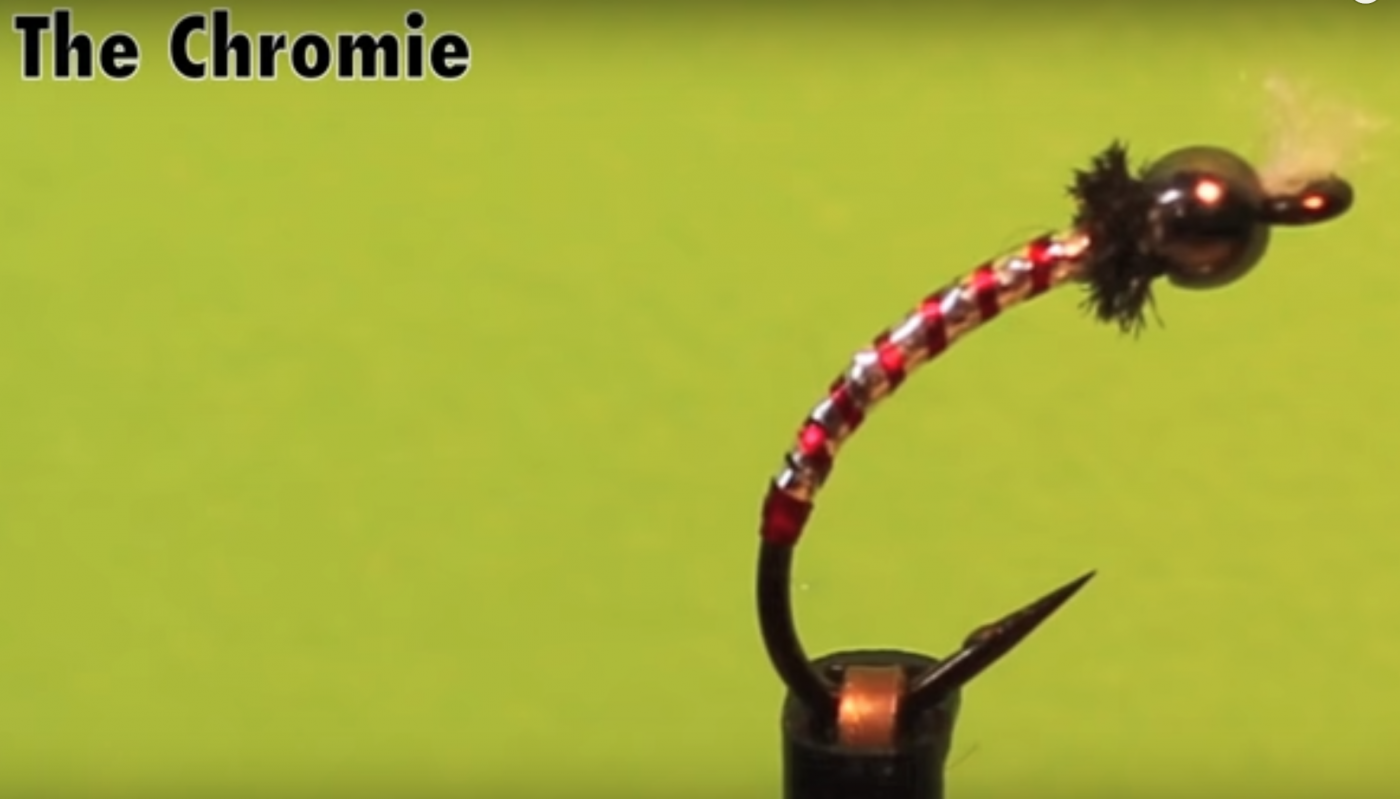June’s Bug of the Month: The Chironomid
Fly fishing some of our many reservoirs in Colorado this June? The Chironomid is our June “Bug of the Month” – and for good reason. These insects are significant food sources in most (even all?) of our stillwater fisheries.
Some low-down on the Chironomid
Chironomids are a member of the midge family and are so prolific in the stillwaters of Colorado that they constitute up to 50% of a fish’s diet. Contrary to their “midge” classification, the larval stages can grow to a large size, 1” or more, in the muddy bottoms and weedy beds of our lakes and reservoirs.
As the larva transitions into the smaller pupa stage, they begin their slow and feeble attempt to reach the surface.
One of the foremost authorities on the chironomid is Philip Rowley. On his website, which goes into greater detail on the chironomid, he states that, “Ascending pupae expose themselves in large quantities and trout take full advantage of this opportunity. Fly fishers should spend the majority of their time, at least 70% imitating the pupa. Recently transformed stillwater pupa often hover in clouds above the bottom 2-3 days before completing their trek to the surface.”
Chironomid pupa will hang vertically in the water about 6″ off bottom without motion. Every minute or so, they will wiggle and then rest. Brian Chan, a well-known Canadian entomologist, says that “the pupae swirl around in the water one to two feet off the bottom of the lake bed. During this process, they mature for three to five days before they make their journey to the surface to hatch as adults.”
It is far more likely to see fish that have completely gorged themselves on Chironomid larva and pupa than the adult form. The insects decrease in size as they mature, meaning the adult is smaller than the pupa which is smaller than the larva, and the chironomid struggling to reach the surface provides a plentiful menu for hungry trout.
This explains why the first one to two feet off the lake bottom is often so productive, and also why trout often take chironomid pupa imitations deep in the lake when there is no evidence of a hatch on the surface.
Fishing the Chironomid
Kenny Romero, Angler’s Covey guide, explains that chironomids wiggle, squirm, and jerk their way to the top in a very slow ascent. “I usually starts fishing the chironomid just off the bottom and very slowly strip up with frequent rest stops. This mimics the real deal. When I get a strike, I generally fish that area until the bite stops. Then go back to prospecting.”
Romero emphasizes two things in his approach to fishing the chironomid:
1) The chironomid emerges from the bottom of the lake. To mimic it effectively, adjust your strike indicator to move the fly 10” to 24” from the bottom. After you cast wait a good minute to allow the fly to sink before you begin your retrieve.
2) After the fly has sunk, make your strips and then pause. Get enough movement so your strike indicator makes a wake on the surface.
In this video, Jon Easdon shows his rigging for stillwater. He also explains an effective technique for imitating the bugs’ erratic movement: the Midge Strip. Interested in honing your stillwater game? Register for our Stillwater Fundamentals class on June 16, 2022 from 6:00pm – 8:00pm.
For June, Angler’s Covey guides like these chironomid patterns:
Jon Kleis and Jon Easdon reach for the Jumbo Juju in a size 18.
Justin Brenner likes Chan’s Chironomid Bomber in different colors.
Juan Ramirez chooses a chromie by Phil Rowley as a go-to chironomid pupa imitation.
Tying the Chironomid
Charlie Craven’s recipe and instructions for the Jumbo Juju is here.

Juan Ramirez chooses a chromie by Phil Rowley as his top chironomid. Recipe and instructions for the copper chromie.

Kenny Romero recommends a variety of red, black, brown and green color chironomids with varying colors of ribbing (gold, white, silver and black) in sizes 18 to 10. When he ties them up, he uses “sparkle yarn or white, for the gills. Often times a simple bead ( white, black, metal, etc. is sufficient).“
Romero uses various curved and straight nymph hooks. “I find that a slender body works best. The latest epoxy-style chironomids with translucent finish works well.”
Come into the shop for our great stillwater fly selection or buy a selection in our online store. Or for the tyers, we carry the materials you need to tie up your own chironomids!

As a Ranger on the North Slope of Pikes Peak America’s Mountain, I encourage the fly fishers on our three reservoirs to use larvae patterns of chironomids throughout the summer months. As a trailer fly or even as the sole fly it is a great fly and easy to tie.
This is a great article. Keep up the great work! I don’t personally know Vince, but the entire staff at Anglers Covey is great. Don’t change! ha ha